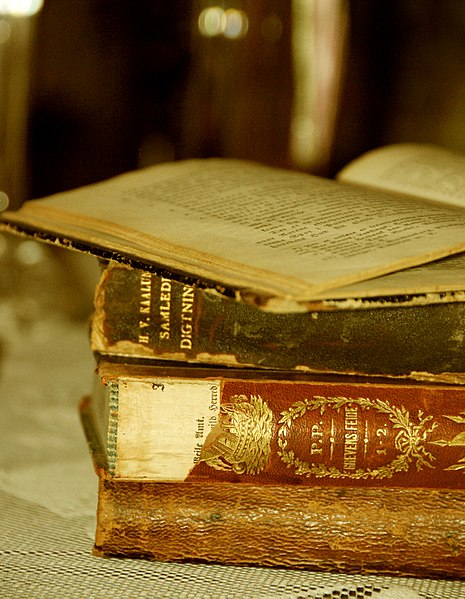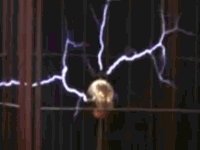Every five or six years, the food industry throws a new,
science-y word at us to sell a product. In the late 90s, we heard the term
“electrolyte” over and over again. Beverage producers added these
electro-doodads to our water, our sports drinks and sometimes our juice. And we
were grateful to drink these electrolytes… Whatever they were…
 |
| "I dunno what it is, but thanks for putting it in my drink, science dudes!" |
I’m committing this week to blogging about “Pop Nutrients” –
the science-y buzz words that everyone is happy to consume, but few understand.
Shocking!
There was a time when I wanted to be a scientist. Coming out
of high school, I attended the University of Michigan - Dearborn to study
microbiology. I had fevered dreams of manipulating DNA to create new
biotechnology, becoming gloriously rich and retiring to Ecuador at age 45.
But, like most college students, I changed my major... A lot.
Before settling into my English major, I flirted with
the idea of becoming a chemist. My close attention to details was invaluable in
the laboratory, and my handle for mathematics made theoretical applications a
snap. I studied the periodic table of elements like a religious text. I was
obsessed.
And like many would-be scientists, all that interest died
when I had to take organic chemistry.
 |
| "Curse you, organic chemistry!" |
But during my happy days of general and analytic chemistry,
I learned about these neat little substances called “electrolytes.” Let me tell
you their story in the form of a fairy tale:
Electrolyte – A Love Story
Once upon a time, in a far away land called Electrolyte, there
were two best friends named Cation (“cat-eye-on”) and Anion (“ann-eye-on.”)
Cation was very happy and positive, whereas Anion was very glum and negative.
Although they were complete opposites, they stuck together like glue. But one
day, a woman named Solvent came between them. Both Cation and Anion were
attracted to Solvent, so much so that it pulled the two friends apart. They
warred with each other so fiercely that sparks literally flew between them. In
the end, no one was happy. Cation and Anion could not be friends when Solvent
was around. The moral of the story: if you add salt to water, you can generate
a weak electrical charge.
(The moral was is in the subtext. Trust me, I study literature.)
All joking aside, an electrolyte is a substance thatcontains free ions capable of carrying an electrical current. To do this, you
need positively-charged ions (cations) and negatively-charged ions (anions.)
The easiest way to get these atoms into a mixture is to dissolve a salt.
Table salt is only one example of chemical compounds known
as ionic salts. The scientific name for table salt is sodium chloride. Its two
constituent parts, sodium (a positive cation) and chloride (a negative anion,)
dissolve and separate when introduced to water (a solvent.) And if you were to
run a current through the solution, you’d find that water conducts more
electricity when salty. The overall solution, as well as the individual ions, are called electrolytes.
See? My story was totally accurate!
Your Body, Electrified!
Everything you do and feel is controlled by
electricity. From blinking to breathing, nerves control our muscles and
transfer information all throughout our bodies.
Nerve cells need electrolytes to send their signals.
Potassium and sodium, two vital electrolytes for the human body, are responsible for all neural electricity. Too much potassium and your muscles and nerves act
on their own, causing spasms, seizures, or heart attacks. Too little and you could be weakened or paralyzed. The proper concentration of these two ions is important for
optimum health, so your kidneys are put in charge to maintain the balance.
When our bodies our active, we sweat. As we know, our sweat
tastes salty. After working out, not only are we tired, but we build up a
thirst. Logic tells us that we just lost a lot of water through sweat, so now
our body wants that water back. But what about the salts that came out of our
skin? Shouldn’t we replace those too?
Current medical knowledge tells us that drinking water after
working out may not be enough. In order to regain a proper balance of fluids,
we also need to drink something with electrolytes. It turns out that our kidneys
work harder than we realize to maintain healthy concentrations of salts. If we
have a low level of salts, but we continue to add water, instead of holding
onto the water, the kidneys push the water out of our bodies as urine. After
all, if it held on to the water, the concentration of salt in our body would
lower further. So, to properly re-hydrate, we need to add some salts as well.
That way, our kidneys will be more apt to hold on to the water we drink.


No comments:
Post a Comment